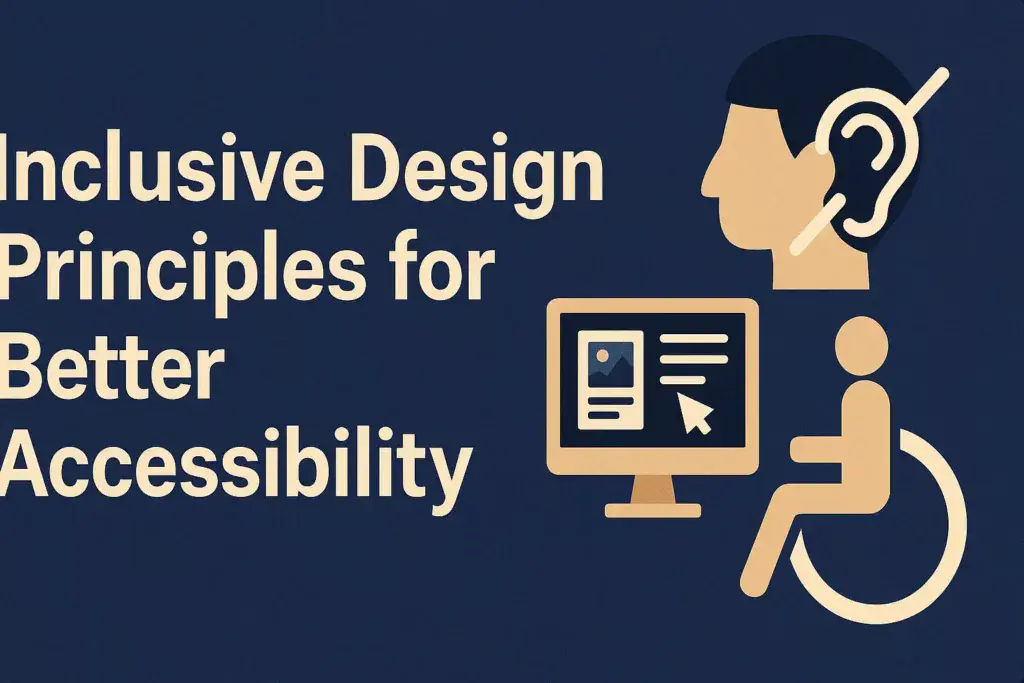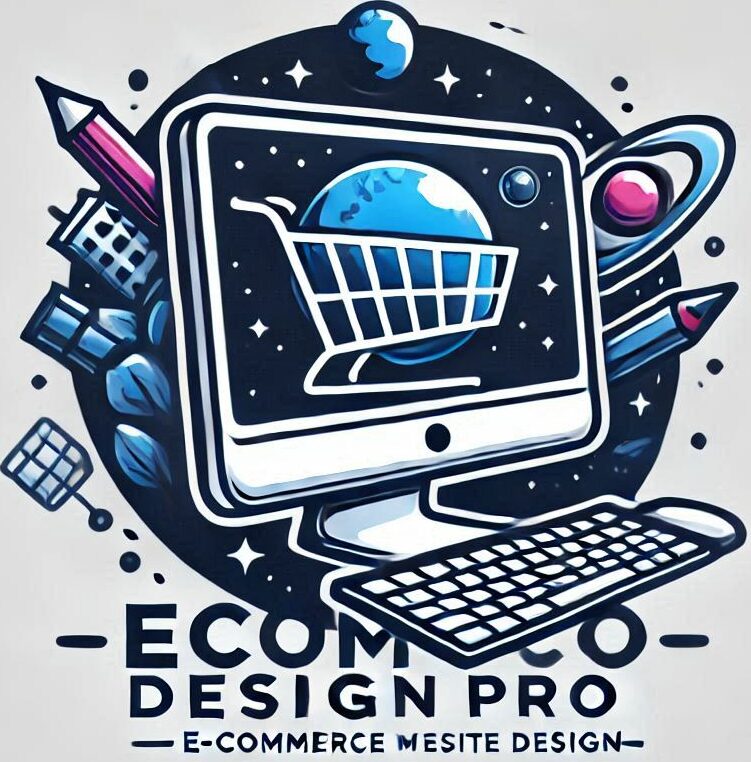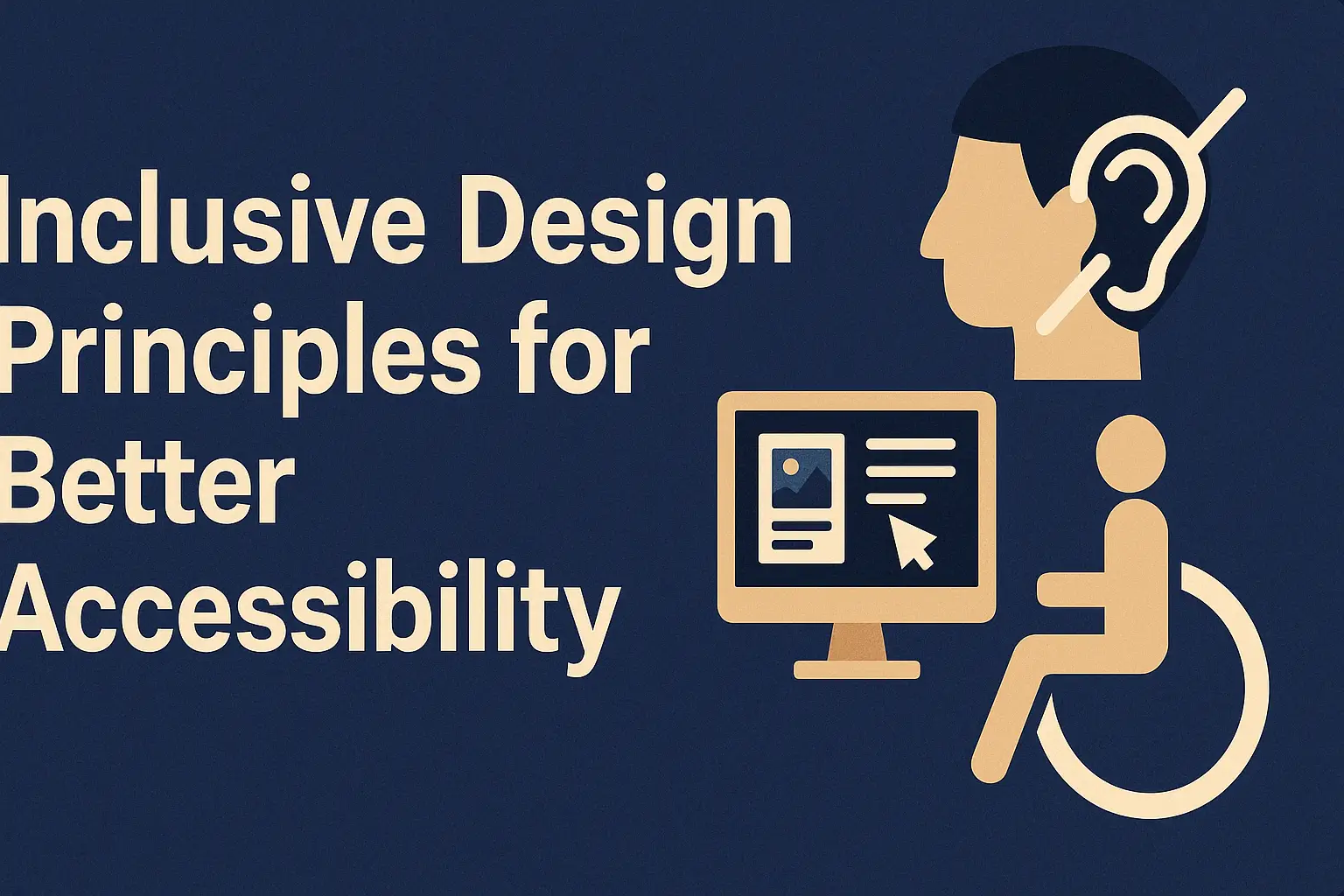
Inclusive Design Principles for Better Accessibility
Inclusive design principles are essential for creating accessible products and environments. They ensure usability for everyone, regardless of ability.
These principles focus on flexibility, simplicity, and multiple interaction methods. They aim to accommodate diverse user needs.
Inclusive design is not just for people with disabilities. It enhances experiences for all users.
By implementing these principles, designers can increase market reach and customer satisfaction.
Inclusive design also aligns with universal design, promoting usability without adaptation.
Understanding and applying these principles can lead to more innovative and competitive products.
What Is Inclusive Design?
Inclusive design aims to create products and environments accessible to the widest possible audience. It embraces diversity and different user needs.
This approach requires understanding user requirements through research and testing. It incorporates feedback to ensure usability.
Inclusive design involves key principles that guide the creation process. These principles focus on making designs equitable, flexible, and simple.
Some core elements of inclusive design include:
- Equitable use
- Flexibility in use
- Simple and intuitive interfaces
Inclusive design does not mean one-size-fits-all solutions. It seeks to meet diverse needs through innovation and empathy.
Inclusive Design vs. Universal Design
Inclusive design and universal design often get confused, yet they have distinct goals. Both aim to make products usable by everyone.
Universal design focuses on creating one solution for all users without adaptations. It emphasizes accessibility from the start.
In contrast, inclusive design considers diverse user needs, offering multiple interaction methods. This ensures flexibility and broader usability.
Key differences include:
- Universal design offers a single solution.
- Inclusive design provides options for interaction.
Understanding these differences helps designers make informed choices. Both approaches contribute significantly to accessibility.

Why Inclusive Design Matters
Inclusive design ensures accessibility, allowing everyone to use products and spaces. It enhances user experience by considering diverse needs.
This approach is beneficial for businesses. It broadens potential customer bases and increases market reach.
Reasons to prioritize inclusive design:
- Improves user satisfaction and loyalty.
- Complies with legal accessibility standards.
- Reduces need for expensive adaptations.
Embracing inclusive design fosters a more equitable society, demonstrating corporate social responsibility and enhancing brand reputation.
The 7 Core Principles of Inclusive Design
Inclusive design relies on seven key principles to ensure accessibility and usability. These principles guide designers in creating products and spaces that accommodate diverse user needs.
By following these principles, designers can develop solutions that are more flexible, intuitive, and user-friendly. This not only benefits individuals with disabilities but enhances the overall user experience for everyone.
1. Equitable Use
Equitable use means creating products that are accessible to individuals with diverse abilities. The design should not exclude or stigmatize any user group.
Key elements of equitable use:
- Provides identical or equivalent means of use for all users.
- Ensures privacy, safety, and security equally.

2. Flexibility in Use
Flexibility in use caters to different user preferences and abilities. This principle supports customization and adaptability for improved user experience.
Characteristics of flexible design include:
- Accommodates varying preferences and abilities.
- Offers multiple ways of use, such as left-handed and right-handed access.

3. Simple and Intuitive Use
Designs should be simple and intuitive, making them easy to understand regardless of the user’s experience level. This principle reduces cognitive load.
Features of simple and intuitive design:
- Eliminates unnecessary complexity.
- Matches user expectations and accommodates diverse language abilities.

4. Perceptible Information
Perceptible information ensures that the design communicates necessary details effectively. It caters to various sensory abilities and environmental conditions.
Important aspects of perceptible information:
- Uses different modes like pictorial, verbal, and tactile formats.
- Maximizes legibility and clarity in diverse conditions.

5. Tolerance for Error
Designs with tolerance for error minimize risks and consequences of accidental actions. This principle focuses on reducing harm and user frustration.
Essential features of tolerance for error:
- Incorporates fail-safe features and redundant pathways.
- Provides warnings for potential risks and errors.

6. Low Physical Effort
Low physical effort in design allows efficient and comfortable use with minimal fatigue. This is crucial for a wide range of users, enhancing accessibility.
Key components of low effort design:
- Requires a reasonable amount of physical strength.
- Enables use while maintaining a comfortable posture.

7. Size and Space for Approach and Use
Design should offer ample size and space, ensuring accessibility for all users, regardless of their body size, posture, or mobility.
Core attributes of size and space design:
- Provides clear lines of sight and access.
- Accommodates approach, reach, and use in various positions.

Applying Inclusive Design: Practical Strategies
Applying inclusive design involves understanding user needs through research. Designers should engage with diverse user groups to gain insights. This collaboration can lead to products that truly cater to varied abilities.
Testing with real users is crucial. It helps identify potential issues early in the design process. By iterating based on feedback, products become more accessible and user-friendly.
Practical strategies for inclusive design include:
- Incorporating accessibility tools and technologies.
- Conducting regular user feedback sessions.
- Involving stakeholders from various backgrounds.
Inclusive design strategies are not a one-time effort. They require ongoing evaluation and adaptation. By consistently integrating inclusive practices, designers can ensure lasting accessibility improvements.

Inclusive Design in Digital Products
Inclusive design in digital products focuses on creating accessible user interfaces. Designers need to consider various sensory and cognitive abilities. This ensures a seamless experience for all users.
Key elements include user-friendly navigation and responsive layouts. Features like text resizing and audio descriptions add to usability. Accessibility tools enhance digital inclusivity.
Strategies for digital products might involve:
- Implementing keyboard navigation.
- Ensuring color contrast for readability.
- Providing alternative text for images.
Digital products should be flexible and intuitive. Accessible design enhances user satisfaction and broadens market reach. Incorporating these principles leads to better inclusivity in digital solutions.

Inclusive Design in Physical Spaces
Inclusive design transforms physical spaces, making them accessible to everyone. Design considerations should include varied mobility and sensory needs. This approach enhances usability in environments like offices, homes, and public areas.
Thoughtful physical design involves ensuring ample space for movement. Features like ramps and tactile paving cater to diverse abilities. Accessible signage also plays a crucial role.
Suggestions for inclusive physical spaces include:
- Installing automatic doors.
- Creating clear, wide pathways.
- Using braille on signage.
Creating inclusive environments supports independence and ease of use. It also reflects a commitment to equality and accessibility in shared spaces.

Legal Standards and Guidelines
Legal standards guide the implementation of inclusive design. They provide crucial frameworks to ensure accessibility for all users. Key guidelines include the Americans with Disabilities Act (ADA) and the Web Content Accessibility Guidelines (WCAG).
Designers should familiarize themselves with these requirements to avoid potential legal issues. Compliance ensures accessible and inclusive products and spaces.
Important standards include:
- ADA for physical and digital accessibility.
- WCAG for web accessibility.
- ISO standards for inclusive product design.
The Business Case for Inclusive Design
Adopting inclusive design principles is not only ethical but also beneficial for business. By creating accessible products, businesses can reach a wider audience. This increases market share and potential revenue.
Inclusive design can reduce costs associated with future modifications and compliance fines. It also enhances brand loyalty and reputation.
Consider these benefits:
- Expands customer base.
- Reduces potential litigation costs.
- Improves customer satisfaction and loyalty.
Challenges and Opportunities in Inclusive Design
Inclusive design presents unique challenges but also offers transformative opportunities. Designing for all requires understanding diverse user needs, which can be complex and time-consuming.
However, these challenges foster innovative solutions and foster creativity. By addressing obstacles, designers open doors to unforeseen opportunities for growth and improvement.
Key challenges and opportunities include:
- Balancing diverse user needs.
- Integrating inclusive technologies.
- Encouraging cross-functional team collaboration.
Case Studies: Inclusive Design in Action
Successful inclusive design projects highlight creativity and dedication. Each case study offers valuable insights into real-world applications and their impacts.
An example is the redesign of a popular video conferencing app. This project incorporated features like real-time captions and voice commands to benefit users with different abilities.
Key elements of successful case studies include:
- Collaboration with diverse users.
- Iterative design processes.
- Comprehensive user testing.

These projects demonstrate that inclusive design improves user experience and enhances accessibility for all.
The Future of Inclusive Design
Emerging technologies will shape the future of inclusive design. Innovations like artificial intelligence and virtual reality offer new ways to enhance accessibility.
Future trends in inclusive design may include:
- Greater customization to meet individual needs.
- Integration with smart home technology.
- Expanded use of adaptive and assistive devices.
The focus will be on creating immersive and equitable experiences for everyone. As technology evolves, the potential for more inclusive environments becomes limitless. Inclusive design will continue to break down barriers, fostering a more accessible world.
Conclusion: Building a More Inclusive World
Embracing inclusive design principles transforms how we interact with our world. By prioritizing accessibility, we enhance everyday experiences for all individuals.
Creating inclusive environments requires commitment and collaboration. When we work together, we can build a society where everyone feels valued and accommodated. Inclusive design is a crucial step forward for a better future.





